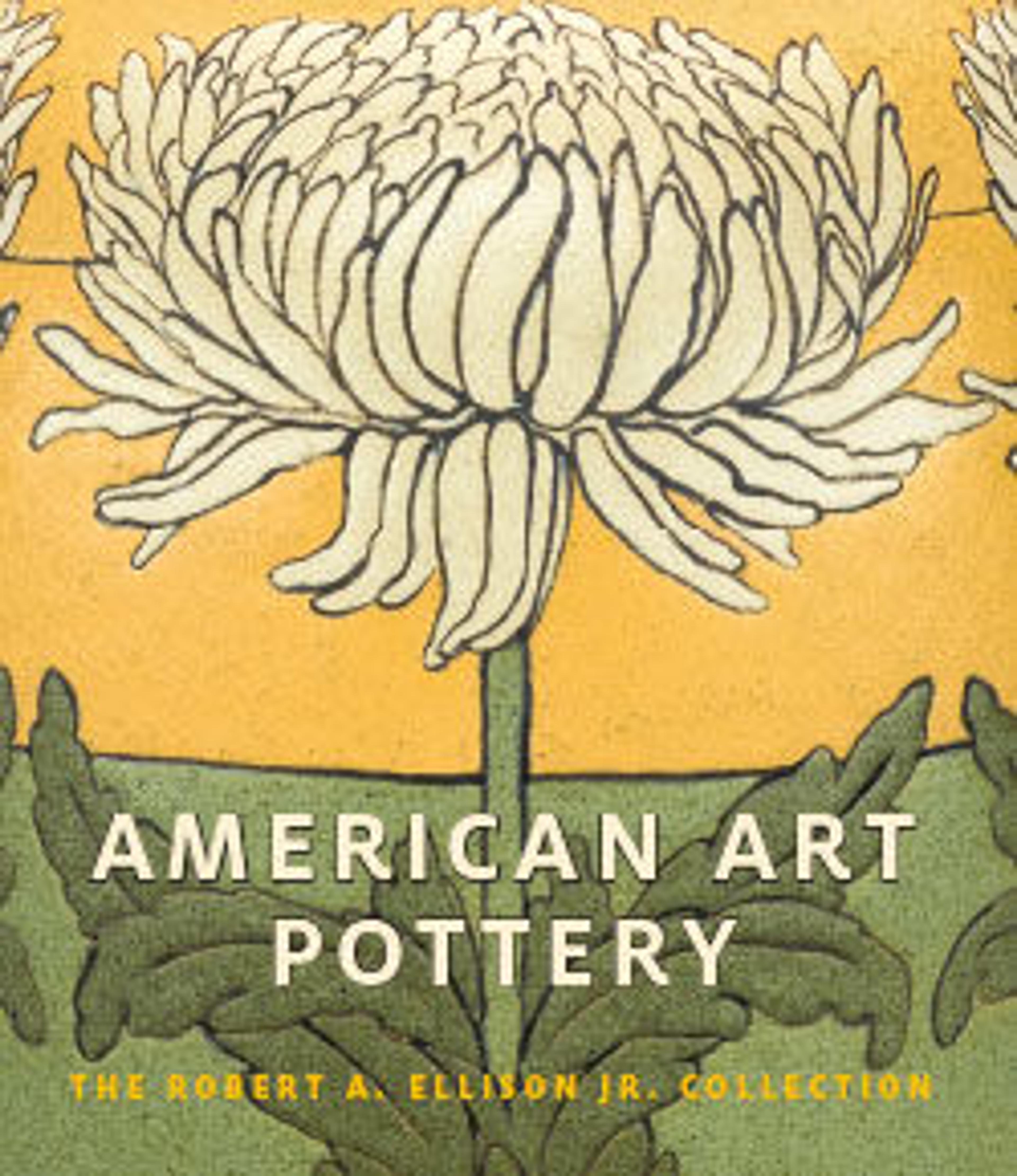Vase
Located in Boston’s North End, the Paul Revere Pottery developed out of a philanthropic venture funded by Helen Osborne Storrow, a prominent Boston philanthropist, for young immigrant women, of mostly Italian and Eastern European descent. The programming centered on readings from literary classics, classes in music and dancing, and provided a social space, and various groups met at different times; the group of older girls came on Saturday evenings and adopted the name Saturday Evening Girls. A pottery class was introduced in 1906 by Edith Guerrier, who was the first librarian in charge of the clubs. She was joined by Edith Brown, an illustrator of children’s books. The two women were the guiding force behind the development of the pottery made by the Saturday Evening Girls. Brown provided the artistic designs that were then executed by the women. Like Newcomb Pottery and others established at the time, its aim was to provide young women with a modest sum of money through the sale of their wares. While most of the pottery’s output was functional wares, with a specialty in children’s tableware, a small number were far more ambitious in both design and execution.
This vase is one of its most outstanding works. Decorated by Ida Goldstein from a design assuredly by Brown, it features four similar but not identical chrysanthemums, rendered in exceptional detail. The background consists of four bands: a wide band at the bottom and a narrow one around the mouth of light olive green, separated by two bands of slightly different shades of yellow. Each petal and leaf is carefully delineated, illustrating masterful control on the part of the decorator. Conforming to the tastes of the day, the glazes were matte, with a conventionalized design, featuring flat, stylized compositions accentuated by broad outlining in black. A vase of this design was published in 1914 in House Beautiful and another appears in the company’s slightly later catalogue, where it was noted that the design could also be had in a different color combination of blue, green, and cream. Because of the elaborate nature of its decoration it was priced at $50, whereas the glazed and undecorated vases for $5 or less.
This vase is one of its most outstanding works. Decorated by Ida Goldstein from a design assuredly by Brown, it features four similar but not identical chrysanthemums, rendered in exceptional detail. The background consists of four bands: a wide band at the bottom and a narrow one around the mouth of light olive green, separated by two bands of slightly different shades of yellow. Each petal and leaf is carefully delineated, illustrating masterful control on the part of the decorator. Conforming to the tastes of the day, the glazes were matte, with a conventionalized design, featuring flat, stylized compositions accentuated by broad outlining in black. A vase of this design was published in 1914 in House Beautiful and another appears in the company’s slightly later catalogue, where it was noted that the design could also be had in a different color combination of blue, green, and cream. Because of the elaborate nature of its decoration it was priced at $50, whereas the glazed and undecorated vases for $5 or less.
Artwork Details
- Title: Vase
- Manufacturer: Paul Revere Pottery (1908–1942)
- Maker: Saturday Evening Girls (1908–42)
- Designer: Edith Brown
- Decorator: Ida Goldstein (born 1894)
- Date: ca. 1908–15
- Geography: Made in Boston, Massachusetts, United States
- Culture: American
- Medium: Earthenware
- Dimensions: 8 3/4 x 7 9/16 in. (22.2 x 19.2 cm)
- Credit Line: Gift of Robert A. Ellison Jr., 2017
- Object Number: 2017.357.10
- Curatorial Department: The American Wing
More Artwork
Research Resources
The Met provides unparalleled resources for research and welcomes an international community of students and scholars. The Met's Open Access API is where creators and researchers can connect to the The Met collection. Open Access data and public domain images are available for unrestricted commercial and noncommercial use without permission or fee.
To request images under copyright and other restrictions, please use this Image Request form.
Feedback
We continue to research and examine historical and cultural context for objects in The Met collection. If you have comments or questions about this object record, please complete and submit this form. The Museum looks forward to receiving your comments.
